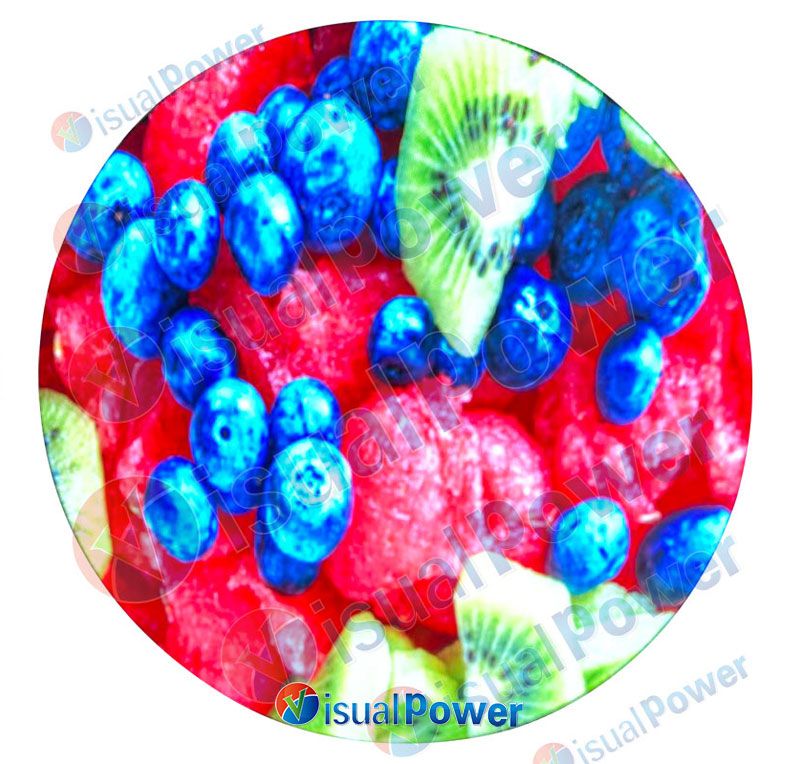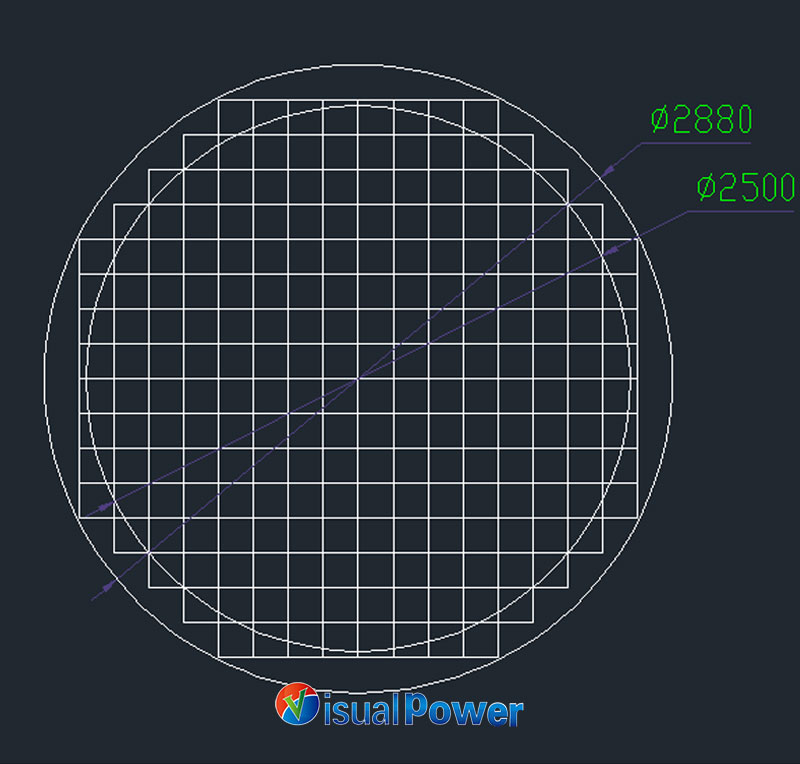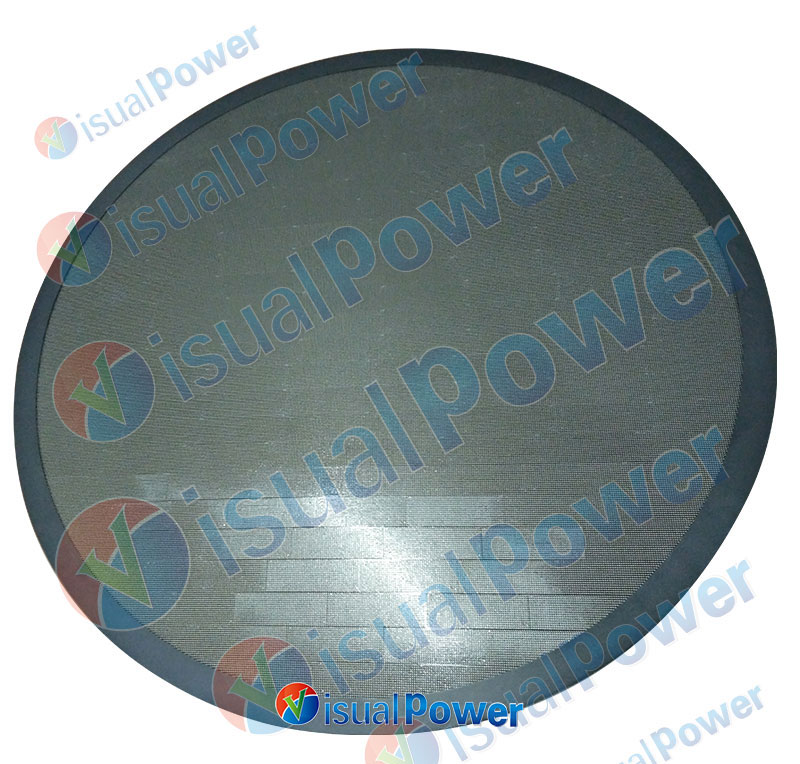Kategorien
- News (60)
- Fallstudie (6)
I’m not in a hurry to make a judgment on any novel display technology, especially those categories that can be immediately recognized as “born to attract attention”. rundes LED-Display is undoubtedly one of them.
At first, I really didn’t take it seriously. The mission of a screen should be to “convey information”, but you insist on making it round. Dies macht es mir schwer zu glauben, dass Ihr Zweck nicht darin besteht, Aufmerksamkeit zu erregen. Aber dies war nur mein Vorurteil, bis ich mit den Projekten, die wirklich waren “Zu meinem Geschmack”.
In dieser Art von Projekt, Der kreisförmige LED -Bildschirm stiehlt die Show nicht. Es bricht lediglich die lineare Struktur des Raums angemessen, Erstellen einer Pause oder eines Übergangs für die Szene. In den Worten eines Freundes, es ist “eine Existenz ohne Lärm”.

High-End-Einzelhandel, das “stille Waffe” in der Designwelt
Das erste Mal, dass ich ernsthaft bewertete, dass das runde LED -Display im Flaggschiff -Geschäft einer Luxus -Uhrenmarke war. Dieser kreisförmige Bildschirm ist in die benutzerdefinierte Wand eingebettet. Es ist nicht groß, Aber es passt perfekt zu den Kupfermetallelementen im Raum. Der Inhalt ist eine Animation einer langsam rotierenden mechanischen Struktur ohne Text. Niemand blieb lange stehen, aber niemand bemerkte es auch nicht.
Aus geschäftlicher Sicht, Diese Art der Nutzung ist sehr schlau. It doesn’t promote directly but continuously deepens the brand atmosphere. Even better, it hardly interferes with the movement lines of the on-site personnel.
This is not a function-oriented application, but a tool for shaping one’s temperament.
Exhibition and cultural space, it is a non-verbal narrative tool
Later on, I saw it appear in museums, urban interactive exhibition halls and even airport corridors. Most people didn’t see the content clearly, but they would all remember “There was a round screen over there”. This is enough – because it is not designed for communication, Aber für “leaving a trace”.

Viele Menschen, upon seeing circular leds, immediately think of them as “shaped screens” and then take it for granted to categorize them as “creative displays”. But the problem is that it is not as flexible as you imagine.
The technical threshold is not low: Not everyone can make a real circle
The vast majority of so-called round LED screens are actually “simulated circles” – using polygonal modules to form a “P2.0-Pixel-Pitch-High-Definition-Rundform-LED-Anzeige für gewerbliche und Event-Vermietung” in shape. It looks fine to the naked eye, but when the photo is zoomed in, the jagged edges, breakpoints and uneven brightness are all exposed. There are not many manufacturers that can truly achieve continuous seamless curved surfaces, and the cost is high and the construction period is long.
So if you want to use it as the main visual, it’s best to figure out the supplier’s production process in advance. Don’t just look at the renderings. Many visual presentations only exist in rendering. After landing, you can’t even achieve smooth edges and corners.
Content design is difficult: How to broadcast is more important than what to broadcast
To be honest, creating content for a circular screen is a very tormenting thing. It doesn’t have clear up, down, left and right like a regular screen. How should graphics and text be arranged? Where does the information flow in and how does it fade away? Sollte man um die Sichtlinie gehen oder den Benutzer still aussehen? Viele Designer betrachten diese überhaupt nicht. Wenn sie einfach Grafikdesign kopieren, Sie sind zum Scheitern verurteilt.
Ich habe viele runde Bildschirme in Unternehmensausstellungssälen gesehen, mit Logos, Text und Diagramme eingeprägt in, Sieht aus wie ein 360-Grad-Werbeballon. Die Informationen sind chaotisch und der Rhythmus ist steif.
Der Inhalt, der wirklich für einen kreisförmigen Bildschirm geeignet ist “Atmung”, Wo Rhythmus und Licht Vorrang vor dem semantischen Ausdruck haben. Mit anderen Worten, Bei dem Design dieses Bildschirms geht es nicht darum, Menschen zu machen “Siehe klar”, Aber um Menschen zu machen “erinnern”.

In einem Raum, Quadrate, Rechtecke, Rechtecke… Es ist überall zu sehen. Vision hat seit langem eine gebildet “Modus ignorieren” auf solche Strukturen. Wenn Sie dort einen gewöhnlichen rechtwinkligen Bildschirm einstellen, nicht überraschend, Niemand wird sich darum kümmern.
Aber wenn Sie eine runde eins platzieren, es wird automatisch der einzige “Nicht rechts-Winkelobjekt” im Raum, which is sufficient to make it the visual focus. Even if you don’t broadcast anything, it is still a signal transmitter – it tells the audience: “Here, it is the focus of the scene.”
Note that it is the “focus”, not the “protagonist”.
This does not depend on the budget, the size of the space, or even the richness of the content, but on one question:
Do you need to create a “pause” in space?
The round LED display is suitable for serving as a “non-narrative core” visual node. Es ist kein Werkzeug für Personen, um Informationen zu erhalten, Aber ein Gerät, das die gewohnheitsmäßige visuelle Logik beeinträchtigt. Wenn gut verwendet, Es kann den Rhythmus der Szene leise umschreiben. Wenn nicht richtig verwendet, Es ist wie ein Kleid, das für den falschen Anlass getragen wurde – protzig und umständlich.
Basierend auf meiner persönlichen Erfahrung, derzeit, Es gibt nicht viele Kontrollsysteme, die das Spleißen unregelmäßiger Strukturen stabil unterstützen können, Kompatibilität mit synchronen Systemen, und logische dynamische Wiedergabe von Inhalten. Einmal, Nach dem Vergleich mehrerer Lösungen in einem kulturellen Tourismusprojekt, Wir haben letztendlich das synchronisierungsmodul des zirkulären dynamischen Inhalts übernommen, das von der technischen Lösung von Visualpower unterstützt wird. In Bezug auf die Erfahrung, Es hat in der Tat die zuvor begegneten Schmerzpunkte gelöst, wie zum Beispiel “Startverzögerung” und “geteilter Bildschirm”. Dies soll nicht heißen, dass es das einzige Beste ist, aber ich habe tatsächlich das gefühlt “Glätte” Eingebracht durch die Kombination aus Technologie und Kunst in der Praxis.
round LED display is not a trend product, nor is it a mandatory option. It is only suitable for those who have a clear understanding of “experiencing rhythm”, and is used to create buffer zones, emotional arcs or visual pause points in space.
It is silent, yet precise. It doesn’t forcefully push information but strengthens memory. If you understand this, then it’s time to consider using it, not for decoration but to let the scene speak.